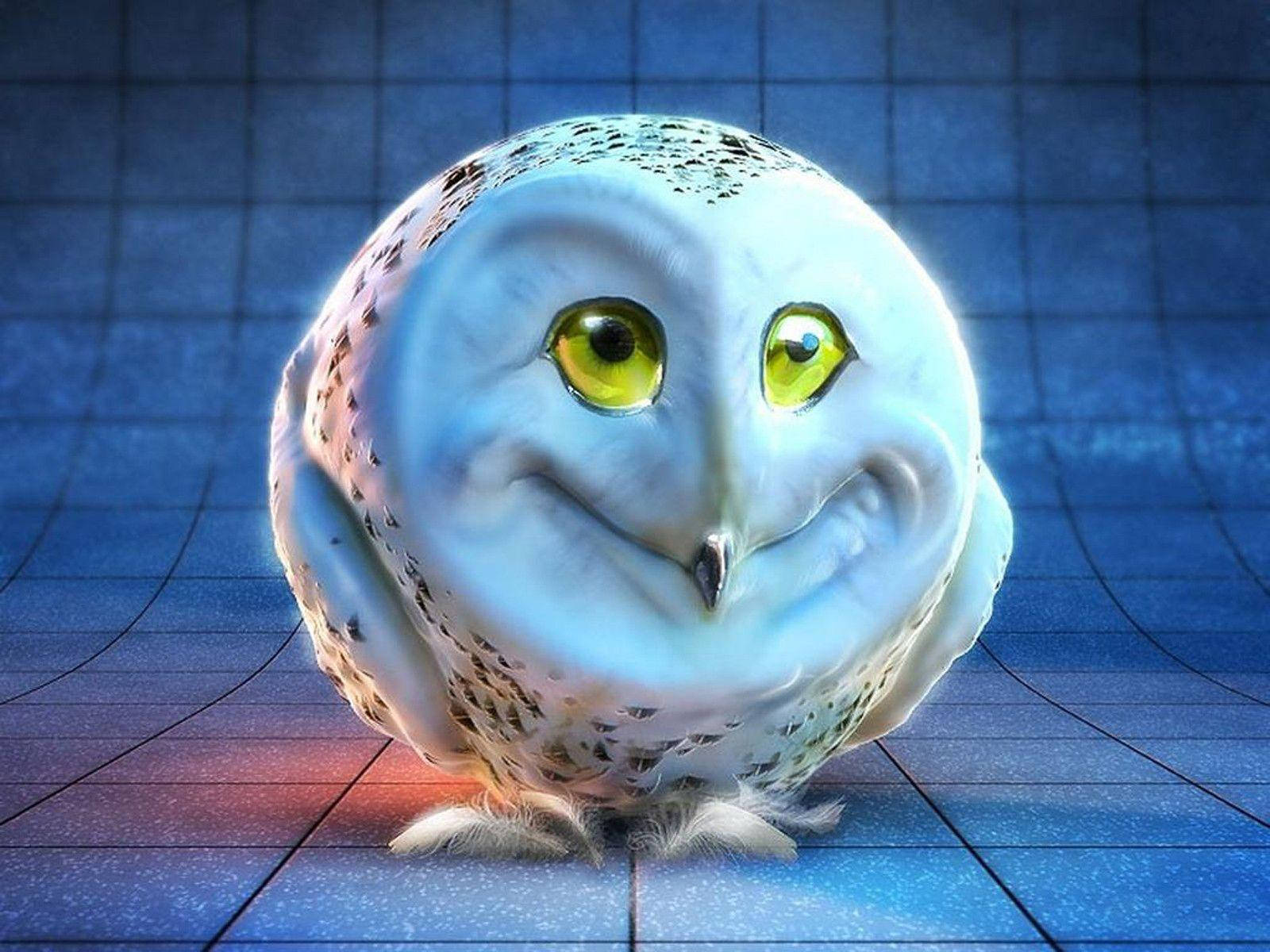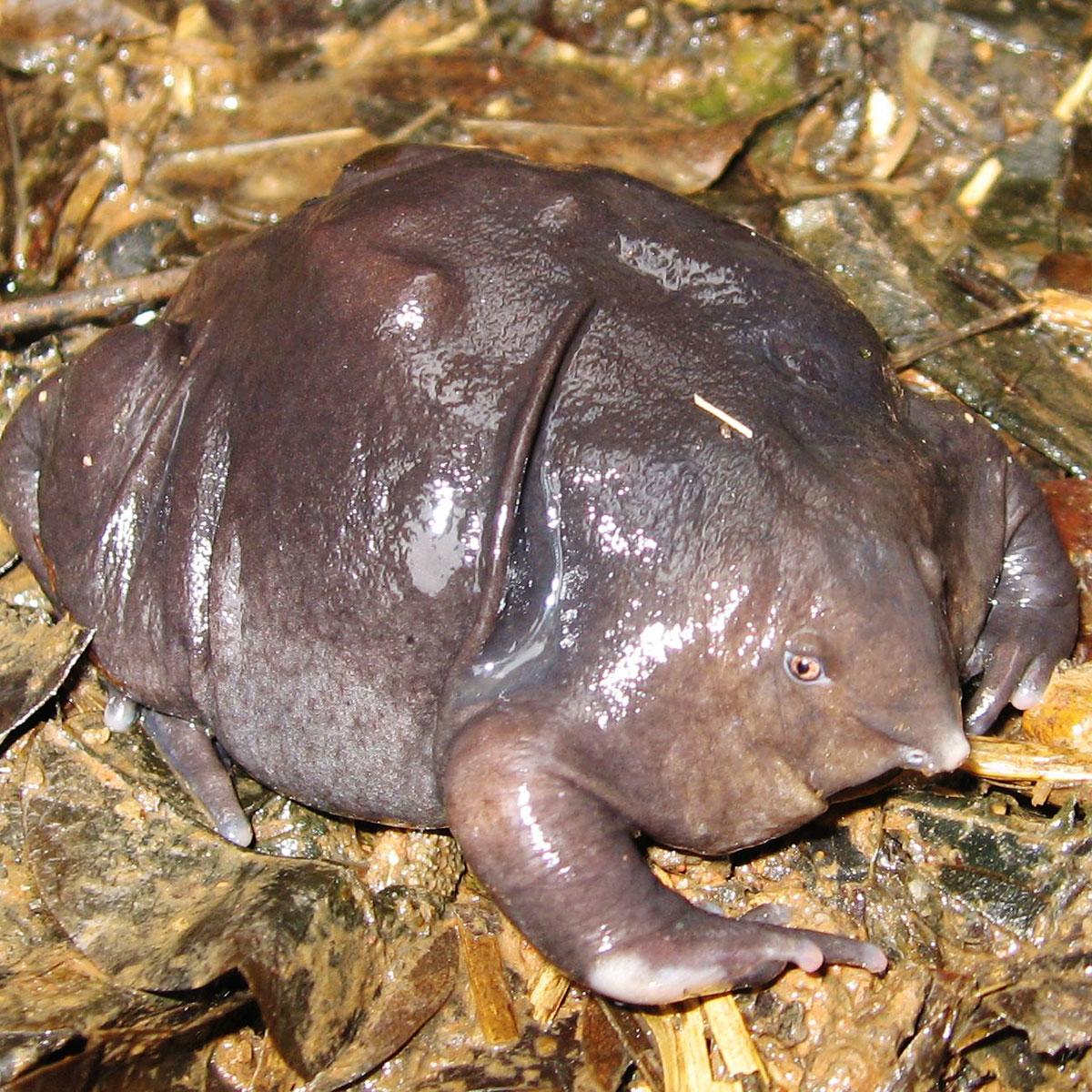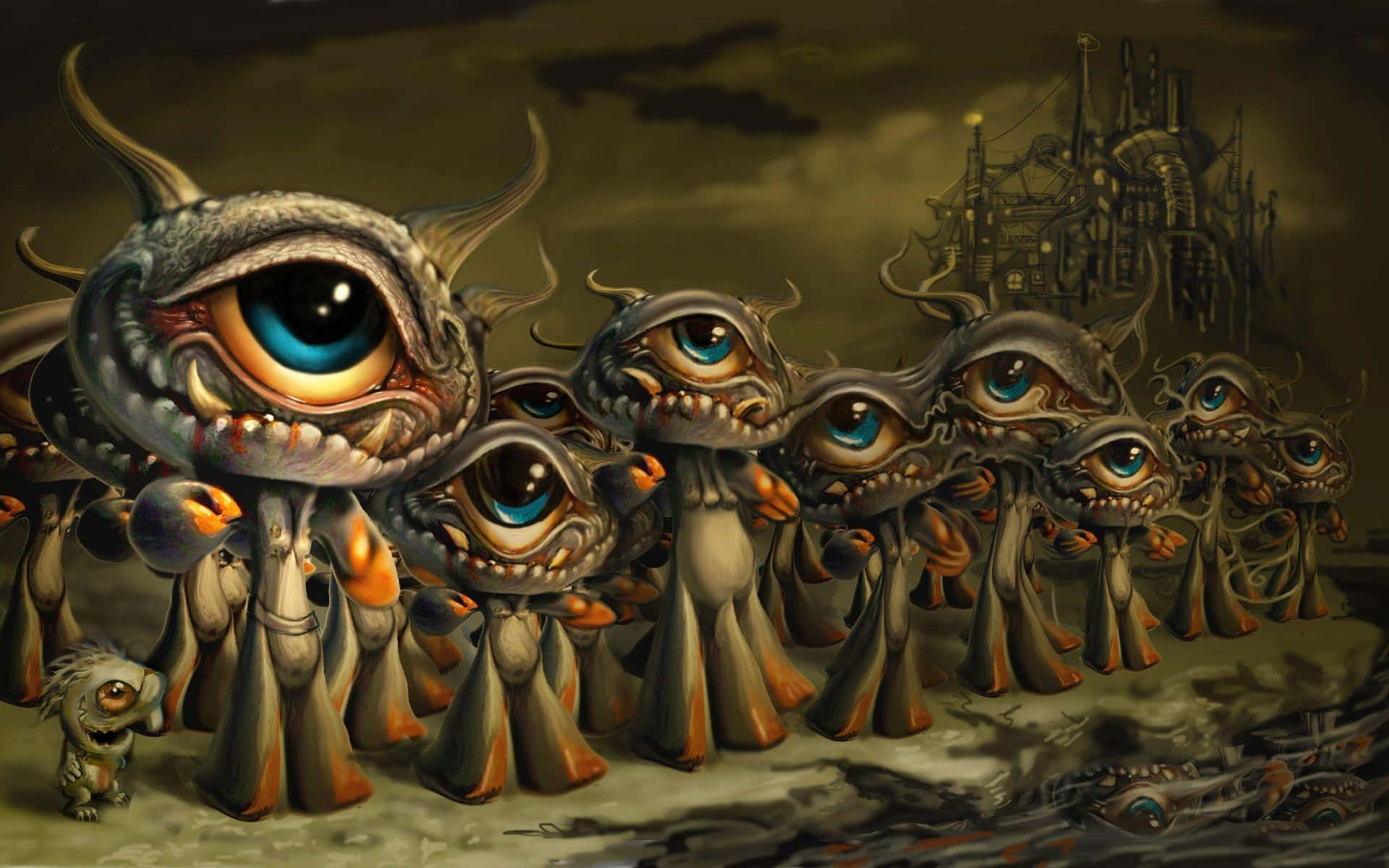Exploring Weird Color Names - Beyond The Usual Shades
You know, it’s quite something how we often think we have a pretty good handle on colors. We see blue, we see red, maybe green or yellow, and that’s sort of it, right? But then, there are these other shades, colors with names that just make you pause and wonder. They are, in a way, like secret whispers from a different world, waiting for you to find them. It turns out, the usual box of crayons, even the big one with sixty-four different sticks, doesn’t tell the whole story, not by a long shot. There's a whole universe of tints and tones that most folks simply don't know exist.
Actually, when you start looking, you discover a lot of really unusual and interesting color names out there. We are not just talking about those everyday shades that pop up everywhere. We mean words that paint a picture all their own, like phlox or wenge, or even something that sounds like it belongs in a story, such as dragon's blood. These are the kinds of names that can make you smile, perhaps even giggle a little, because they seem so out of the ordinary. They give a fresh feeling to something we thought we knew so well.
So, what if we told you that stopping at just the common colors means you might miss out on some of the most vivid and historically rich shades that exist? There are so many unique and fascinating words that describe color in our language, and each one has a bit of a tale to tell. Getting to know these can really make your own sense of color much richer, giving you new ways to see the things all around you. It’s almost like learning a new language, but for your eyes.
- Kirstentoosweet Nude Onlyfans
- Jimmy Kimmel Shows
- Lil Tecca Jail
- Juice Wrld Police Report
- Abigail Martin Net Worth
Table of Contents
- What Makes a Color Name Weird?
- Do You Know the History Behind These Weird Color Names?
- How Do These Weird Color Names Get Their Meanings?
- Exploring the Feeling of Weird Color Names
- What Are Color Hex Codes, and Why Do They Matter for Weird Color Names?
- Can Weird Color Names Change Your Space?
- Finding Inspiration with Weird Color Names
- The Joy of Discovering Weird Color Names
What Makes a Color Name Weird?
You might be thinking, what exactly makes a color name stand out as being a bit odd? Is it just that it’s not blue or red? Well, in some respects, it’s about going beyond the usual suspects. Think about names like periwinkle or cornflower. To some, these might sound a little bit silly or just plain bizarre. But then, you get to a list that includes things like zaffre or falu, and you realize there's a whole new level of unexpectedness. It's about the surprise, the way a name makes you pause and picture something that isn't immediately obvious. These are names that do not simply tell you the color; they hint at a story, or a specific, often unusual, source.
Basically, a weird color name is one that doesn't immediately tell you what the shade looks like. It could be something like "acid green," which gives you a feeling more than a precise hue, or "aerospace orange," which sounds like it belongs on a spaceship. These names are far from the simple, straightforward descriptions we are used to. They can be funny, strange, or just incredibly rare. They challenge your ideas about what a color name can be, and that, is that, pretty cool. They make you think a little harder about the visual, and about the words we use to describe it.
Sometimes, it's the sheer obscurity of a name that makes it weird. You might have never heard of colors like quercitron or puce before. These are not found in your typical art supply store, or even in the paint aisle of a big box shop. They are often tied to very specific historical uses, or perhaps to natural elements that are not widely known. Discovering these names is like finding a hidden gem. It shows you that the spectrum of color is much broader than you initially might have thought, and that there are plenty of obscure colors you may not realize exist, just waiting to be found.
Do You Know the History Behind These Weird Color Names?
So, where do these peculiar color names actually come from? It's not like someone just sat down one day and made them up without any reason, you know? Many of these interesting names have roots in history, in the things people used to make dyes, or in places and objects that had a distinct shade. For example, "phlox" is named after a flower, which makes a lot of sense when you see the color. But then you get to something like "wenge," which is a dark wood from Africa, and the name gives you a feeling of deep, earthy tones. It’s almost like each name is a little piece of history, preserved in a word.
We can, for instance, look at some of the more historical ones. "Zaffre" is a very old name for a blue pigment that came from cobalt ore. It tells a story of early chemistry and art. "Falu" is a deep red, named after a mine in Sweden that produced a specific kind of red paint. These names are not just labels; they are little windows into the past, showing how people in different times and places saw and used color. They remind us that color has always been a part of human life, deeply tied to our surroundings and our work. It’s pretty fascinating, really, how much a single word can hold.
And then there are the names that feel a bit more whimsical, but still have a basis in something real. "Dragon's blood," for instance, sounds quite dramatic, doesn't it? It’s actually a deep red resin that comes from certain trees and has been used for centuries in various cultures for dyes, medicines, and even varnishes. So, even the names that seem the most fantastical often have a very real, tangible origin. It helps us see that the creative process behind naming colors is often quite thoughtful, even if the result seems a bit strange at first glance. These origins give the colors a certain depth, a kind of story that goes with them.
How Do These Weird Color Names Get Their Meanings?
It's interesting to consider how these unusual color names come to mean what they do. It's not just about what they look like, but also about the associations they bring to mind. Take "obsidian," for example. This color is described as the shade imprinted behind your eyelids, the color that primes every blink, and every dream. It's the color of your very thoughts. That's a pretty deep meaning, isn't it? It suggests something profound, something inner and fundamental, rather than just a simple dark hue. This kind of meaning makes the color feel much more personal and impactful.
Other names get their meaning from their exact source. "Alabaster" means a very pale, soft white, like the stone it's named after. "Alloy orange" suggests the mixed, metallic look of certain metals. These names give you a hint about the texture or material quality of the color, not just its brightness or darkness. They are quite descriptive in a subtle way, letting you imagine the feel of the shade as well as its appearance. It’s almost like the name itself has a texture, which is pretty cool.
And then there are the names that evoke a certain feeling or mood. "Acid green" makes you think of something sharp, perhaps a little unsettling, maybe even glowing. "Aero blue" sounds light and airy, like the sky or something very high up. These names are less about a specific object and more about an experience or a sensation. They suggest that colors are not just visual; they can also make us feel things, too. This way of naming colors helps us to connect with them on a deeper, more emotional level, which is quite powerful.
Exploring the Feeling of Weird Color Names
Beyond their origins and meanings, these weird color names also carry a certain feeling with them. They can spark something in your imagination. When you hear "African violet," you might picture something rich and deep, perhaps a bit mysterious. "Almond" brings to mind something warm and comforting, a soft, natural tone. These names are not just for identifying a shade; they are for creating an atmosphere, a mood, or a particular sense of place. They have a certain warmth, you know, that makes them more than just a label.
Some of these names just make you smile. "Aerospace orange" has a kind of playful, futuristic vibe to it. It’s almost like it's ready for an adventure. Others, like "amaranth," sound a bit grand and old-fashioned, hinting at something timeless and elegant. The way these names sound and what they bring to mind can be just as important as the actual visual color itself. They add a layer of personality to the shades, making them more memorable and engaging. It's really quite something how a simple word can do all that.
And then there's the color obsidian again, the one that’s described as the color of your very thoughts. This isn't just a dark color; it's a color that makes you think about inner spaces, about dreams and contemplation. It makes you feel a sense of depth and introspection. This shows that the feeling a color name gives you can be very personal and very profound. It's not just about what you see; it's about what you feel and what you imagine when you hear the name. These names often tend to be more evocative than a plain description.
What Are Color Hex Codes, and Why Do They Matter for Weird Color Names?
So, you've heard about these amazing, unusual colors, and you might be wondering how you can actually use them. This is where color hex codes come into play. Basically, a hex code is a six-character combination of numbers and letters, like #RRGGBB, that represents a specific color. Each pair of characters stands for the amount of red, green, and blue light in that color. It’s a way for computers and digital tools to understand and reproduce the exact shade you're thinking of, or that you've discovered. This is how designers, artists, and even regular folks can get the precise color they want on a screen or in a digital project. It’s pretty helpful, really, for getting things just right.
Knowing the hex and RGB codes for these weird color names is super useful. It means that even if a color has a funny or strange name, you can still find its exact digital recipe. For instance, if you fall in love with "phlox" or "wenge," you can look up their codes and use them in your own digital art, on your website, or even when picking out paint colors for a project. It takes the guesswork out of trying to match a unique shade. It gives you a practical way to bring these elusive hues into your own creative work, which is very important for consistency.
The fact that these rare and unusual colors come with their own specific codes means you can truly discover how these unique shades can enrich your color palette and inspire your creativity. It’s not just about looking at them; it’s about being able to use them precisely. This helps to bridge the gap between the imaginative world of color names and the practical application of color in design. It gives you the tools to explore a spectrum of elusive hues and their captivating allure, right at your fingertips. So, it's pretty much a way to make the abstract, very concrete.
Can Weird Color Names Change Your Space?
It’s really something how a simple color can totally change the feel of a room, isn't it? And when you bring in these weird color names, the possibilities get even more interesting. Sure, you've heard of blue and red walls, but what about painting a space in "zaffre" or "falu"? These obscure colors can truly transform an interior space, giving it a unique character that standard shades just can't quite achieve. They make a room feel special, a bit different, and much more personal. It's like giving your home a distinct voice, you know?
Think about it: a wall in "acid green" could make a modern space feel incredibly edgy and vibrant, while a room painted in "alabaster" would feel calm, perhaps very elegant, and quite bright. These unusual shades are not just for looking at; they are for living in. They can influence your mood, how you perceive the size of a room, and even how light interacts with the surfaces. Choosing one of these less common colors is a way to make a real statement without saying a word. It shows a certain kind of personality, a willingness to be a little different, which is quite appealing.
Even if you're not planning a full renovation, just knowing about these unique shades can inspire you. Maybe you pick a piece of art that features "aerospace orange," or you find a cushion in "African violet." These small touches, guided by a broader color vocabulary, can make your home feel more curated and thoughtful. It’s about bringing a bit of that unexpected charm into your everyday surroundings. These colors offer a fresh perspective, a way to see your living areas with new eyes. It's honestly quite surprising how much impact a single shade can have on a whole environment.
Finding Inspiration with Weird Color Names
Need some ideas for color names? Well, these weird ones are a really good place to start. They can open up your mind to all sorts of creative possibilities, whether you're an artist looking for cool color names to use in your work, or just someone trying to pick out a new paint shade. Sometimes, the most bizarre paint shade names are the ones that actually sell the best, because there's a method to the maker's madness. They spark curiosity and make you look closer. It’s almost like they dare you to try something new, which is a pretty good push for creativity.
There's a whole world of rare, unique color shades out there, and exploring them can be a delight. Imagine finding a shade called "alloy orange" or "almond" and thinking about how you could use it. This kind of exploration isn't just for professionals; it's for anyone who loves color and wants to expand their visual vocabulary. It gives you a richer set of tools to express yourself, whether you're designing something, painting a picture, or just talking about the world around you. It’s quite a rewarding feeling, finding these hidden gems.
These names can provide a really detailed colorful name thesaurus, giving you different names for colors you might have only known by a basic description. This can be super helpful for getting very specific about what you mean. It helps you find the very best names for each color, making your descriptions more vivid and precise. It's like having a secret language for colors, one that lets you describe the world with much more nuance. It’s really quite something how much more descriptive you can be once you know these names.
The Joy of Discovering Weird Color Names
There's a real joy in discovering these unusual color names. It’s like finding a hidden treasure, you know? If you think color names like periwinkle or cornflower sound a bit silly or bizarre, just wait until you read a list of the fifty weirdest color names of all time. It’s a bit like a fun game, seeing how many you recognize or how many just make you laugh out loud. It really shows how much fun language can be, especially when it comes to describing something as visual as color. It’s a pretty good way to spend some time, just exploring.
This exploration can be quite a fun color journey, one that might just change the way you see the world around you. You start noticing shades you never paid attention to before, and you begin to think about the stories behind them. It makes everyday objects and scenes feel a little more interesting, a little more alive. It’s a simple way to add a bit of wonder to your day, by simply paying more attention to the colors that surround you, and the names we give them. It’s truly a way to make the ordinary, a little extraordinary.
So, that's a look at some of the weird color names out there, for now. There are so many unique and fascinating words that describe shades of color in our language. It’s a reminder that the world is full of unexpected beauty and interesting details, if you just take the time to look a little closer. It’s a really engaging topic, one that keeps on giving as you find more and more of these surprising shades. It just goes to show, there's always more to learn about the colors that paint our world.

Very Strange Wallpapers

Top 10 Weirdest Animals In The World

Download Weird One-Eyed Monsters Picture | Wallpapers.com